1. The Kingdom of Ebla

Tucked away in what is now modern-day Syria, the Kingdom of Ebla thrived over 4,000 years ago, long before many of its neighbors. For centuries, it was a major trading hub, with its own written language and a palace full of clay tablets that showed off how advanced their society really was. What’s wild is that no one even knew Ebla existed until the 1970s when archaeologists uncovered it by accident while digging in Tell Mardikh shares Newsweek.
It’s like someone discovering an entire lost city beneath their backyard. The archives they found included diplomatic letters, economic records, and even an early form of a law code. But just as quickly as it appeared in the records, it was gone—possibly destroyed by rival powers or internal collapse. Today, we’re still piecing together its story, and every new find adds a little more clarity. It’s a reminder of how much ancient history is still buried—literally adds BBC.
2. The Indus Valley Civilization’s Successors

Most people have heard of the Indus Valley Civilization, but fewer know about what came after it. Around 1900 BCE, the cities started to decline, but smaller cultures lingered in the area—and then disappeared so quietly that we still don’t fully understand who they were or what they believed says the Wire.
These successor cultures didn’t leave behind grand pyramids or temples. Instead, they quietly faded into the rural landscape, taking their traditions with them. Archaeologists are still trying to piece together this blurry post-urban phase, which may have included early versions of Indo-Aryan societies. It’s like reading the final pages of a book with half the words missing explains the Hindu. What happened to them? We’re still guessing.
3. The Tartessians
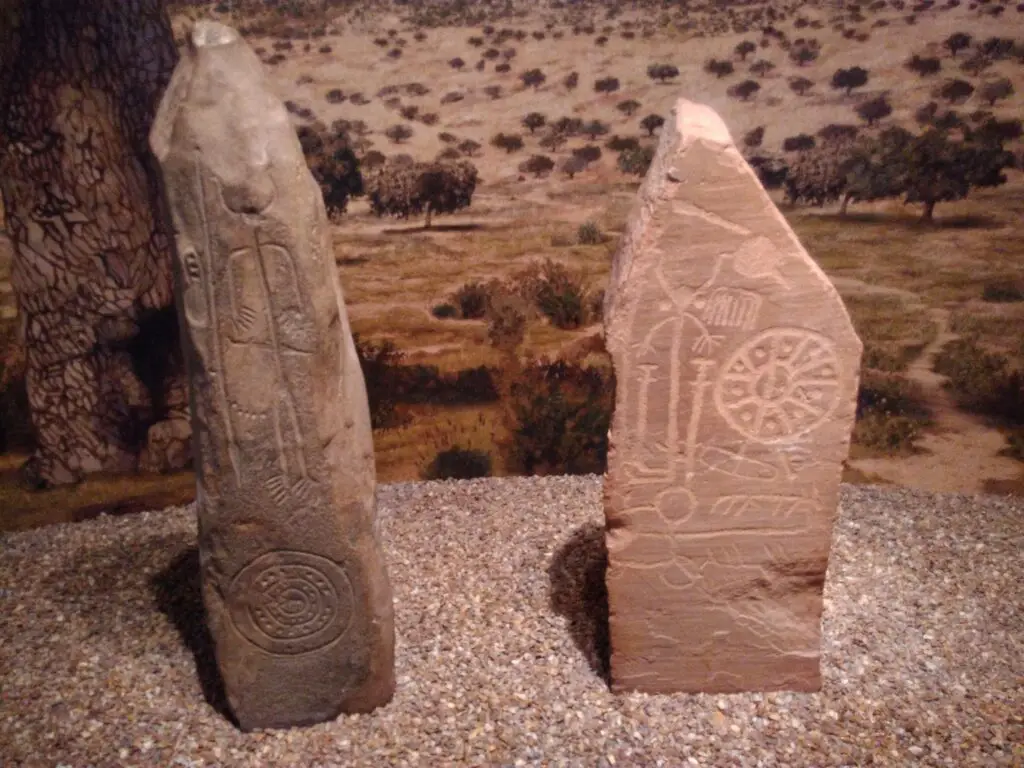
Somewhere between mythology and reality, the Tartessians lived along the southern coast of modern Spain. They were said to be rich in silver and gold, so much so that even ancient Greeks were fascinated by them. The Tartessians were seafarers and traders, possibly even the inspiration behind the legend of Atlantis.
But then, they just disappeared. Around 500 BCE, their capital—thought to be near the Guadalquivir River—vanished from the historical record. Was it conquest? Natural disaster? A shift in trade routes? Whatever happened, they left behind just enough evidence to spark imaginations for generations.
4. The Nok Culture
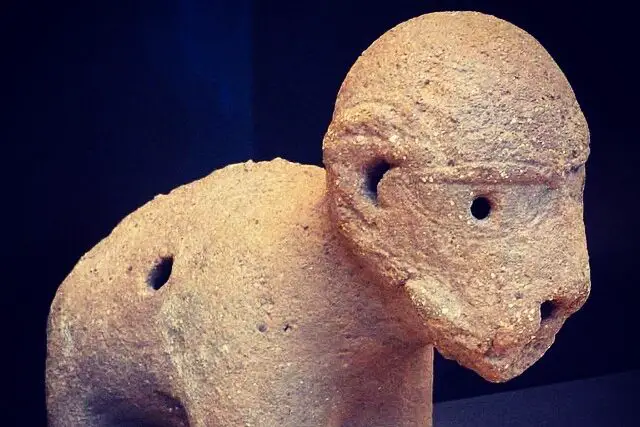
Before anyone in Europe was sculpting statues, the Nok people of West Africa were already creating incredible terracotta art. They lived in what is now Nigeria and flourished from around 1000 BCE to 300 CE. Their sculptures are expressive, detailed, and so advanced that archaeologists were stunned when they were first uncovered.
But almost nothing is known about how they lived or why they disappeared. Their tools suggest iron smelting, but their cities? Gone. The rainforest and time swallowed them up, and even today, there’s debate about whether they were a unified kingdom or more of a cultural network. What’s certain is they were way ahead of their time—and then, suddenly, they weren’t there at all.
5. The Kingdom of Urartu

Centered around Lake Van in present-day Turkey, the Kingdom of Urartu was once a rival to Assyria. They built huge fortresses, developed advanced irrigation, and even had their own language, which we still haven’t fully deciphered. They were around in the 9th century BCE and made quite a name for themselves in the highlands.
Then, they vanished around 600 BCE. Most scholars think the Medes or Scythians may have taken them down, but we don’t know for sure. The weird part? Their descendants might be the Armenians, but even that’s debated. Their story feels like a halfway-finished puzzle with missing middle pieces.
6. The Etruscans

Before the Romans ruled Italy, the Etruscans had their moment in the spotlight. They built cities, had complex religious beliefs, and even taught the Romans some of their early architectural tricks. But unlike Rome, the Etruscans left behind very few written records, and what we do have is mostly funerary.
By the time Rome was gaining power, the Etruscans were already fading. Some of their cities were absorbed, others destroyed, and within a few centuries, their culture was more or less erased. It’s almost eerie how a whole civilization can just be swallowed up like that. We see their fingerprints everywhere, but the people themselves are ghosts.
7. The Harappan Seafarers

We know the Indus Valley people were great city builders, but recent evidence hints that some of them may have been master seafarers too. Dholavira and Lothal were port cities with docking structures, suggesting trade across the Arabian Sea. There might’ve been entire seafaring communities that branched off and vanished into the oceanic trade routes.
We don’t even know what languages they spoke, and none of their script has been deciphered. Did they settle in far-off lands or perish in storms? The seas don’t give up their secrets easily. It’s one of those mysteries where every new clue just deepens the puzzle.
8. The Sogdians

The Sogdians were Silk Road power players, known for their merchant savvy and multicultural cities scattered across Central Asia. They were a bridge between East and West, fluent in many languages and religions, from Zoroastrianism to Buddhism. Their art was stunning, and their writings popped up in places from China to Byzantium.
But by the 10th century, they had faded into history. Islam spread through the region and changed everything, and the once-proud Sogdian cities were absorbed or abandoned. You can still see traces of them in murals or merchant records, but their identity as a people? All but forgotten. They were once everywhere—and then nowhere.
9. The Liangzhu Culture

About 5,000 years ago, in what’s now eastern China, the Liangzhu people were building water management systems that rivaled ancient Egypt’s. They had a fascination with jade, carving it into intricate designs that still puzzle archaeologists today. Their society was well-organized and highly advanced—and then, just like that, it was gone.
Some say flooding ended them, others point to environmental collapse. Either way, the cities were suddenly abandoned around 2300 BCE. For a while, people didn’t even believe they existed—it took modern discoveries to bring them back into the conversation. And even now, we’re not sure how such a sophisticated society just disappeared without a trace.
10. The Olmecs
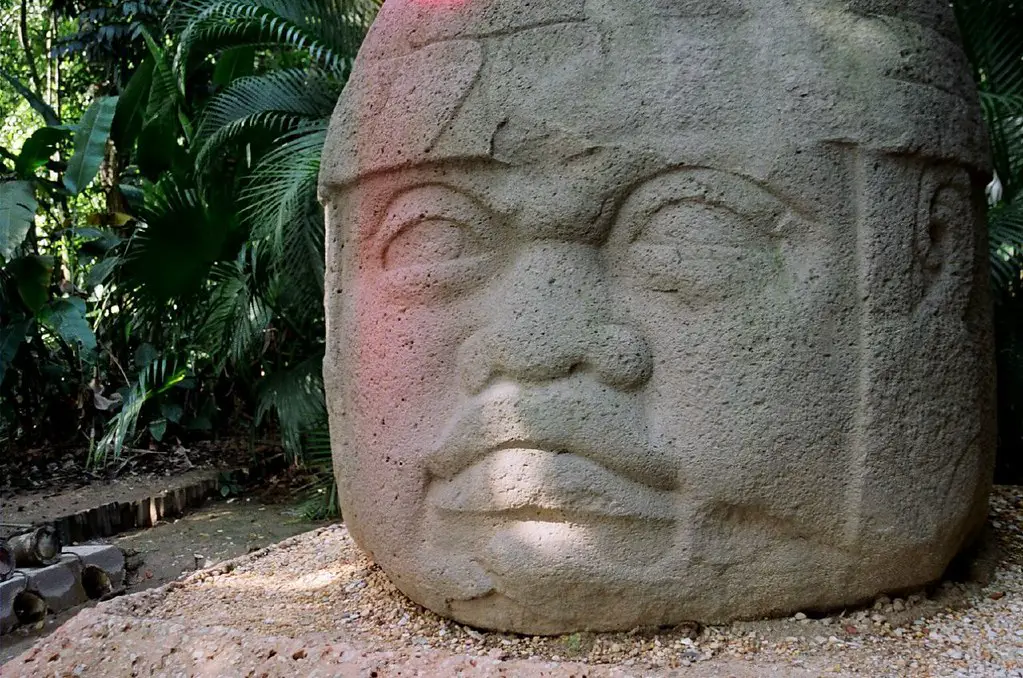
Before the Maya or Aztecs, the Olmecs were the original Mesoamerican civilization. They’re best known for those giant stone heads with the mysterious expressions and helmets. But they also created complex calendars, writing systems, and religious beliefs that influenced every culture that came after.
They were at their peak between 1200 and 400 BCE, and then their cities were abandoned. No one knows exactly why. Was it environmental change? A political collapse? Their legacy lives on in other cultures, but as for the people themselves, they vanished. It’s like they passed the torch and then walked off stage.
11. The Mitanni Kingdom
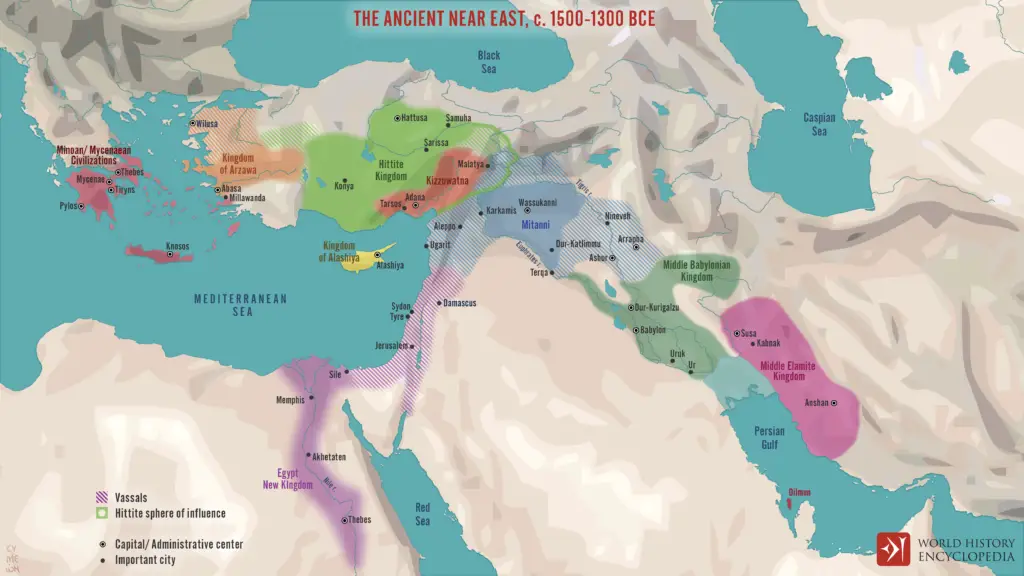
In northern Mesopotamia around 1500 BCE, the Mitanni emerged as an influential power. What makes them interesting is that their elite were Indo-Aryan, while their population was more Hurrian—so they had this fascinating mix of cultures. They negotiated with Egypt and Babylon, even influencing early horse training methods.
But by the 13th century BCE, they were done. Hittites and Assyrians carved up their territory, and the Mitanni name faded fast. We’ve only recently started understanding who they were through scattered tablets and diplomatic letters. They were key players in their day, but history nearly forgot them.
12. The Elamites

Living in what is now Iran, the Elamites were rivals to ancient Sumer and Babylon. They had their own language, which we still can’t read fluently, and their own gods, who didn’t show up anywhere else. Their art and architecture were bold and beautiful, and they weren’t afraid to raid Mesopotamia when the opportunity struck.
But by the 6th century BCE, they were absorbed by the Persians. Their capital, Susa, became just another city in a new empire. The Elamite culture was gradually erased, leaving behind only fragments of a once-vibrant people. They were pioneers in their region, yet ended up footnotes in someone else’s story.
13. The Hittites of the Neo-Hittite States

You’ve probably heard of the Hittite Empire, but fewer people know about the Neo-Hittite kingdoms that popped up after it fell around 1180 BCE. These mini-states carried on Hittite traditions in what’s now Turkey and Syria. They built on the old culture while blending with local ones, creating something new and distinct.
But by 700 BCE, they were overtaken by Assyria. One by one, these small kingdoms were conquered, and their languages and customs faded. It’s like a slow fade-out at the end of a song. Most people only know the first verse (the original Hittites) and miss this last, quieter chorus.
14. The Wari Empire
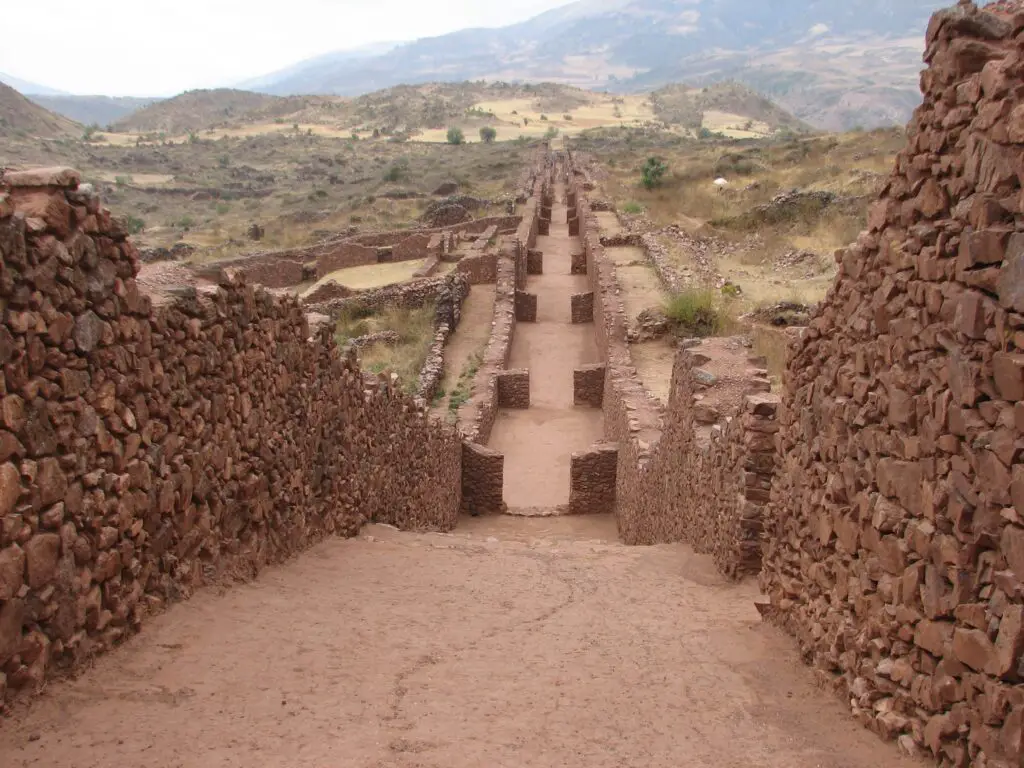
Before the Inca ruled Peru, the Wari had already figured out how to run a sprawling Andean empire. From around 600 to 1000 CE, they built roads, planned cities, and developed terracing for agriculture long before Machu Picchu was even a thought. Their capital, near modern-day Ayacucho, was a masterpiece of urban design.
And yet, they’re barely mentioned in most history books. The Wari vanished before the Spanish ever arrived, leaving behind ruins and hints of their genius. Some say drought did them in, others think internal strife. Whatever the cause, the Inca picked up where they left off—but the Wari deserve their own spotlight.
